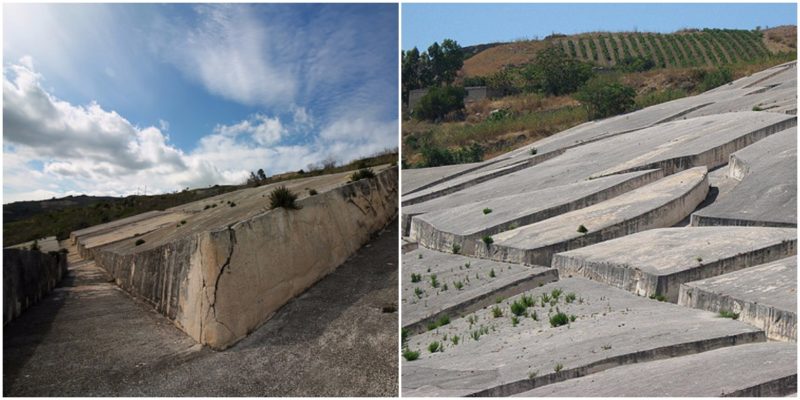We’ve written before about many small Italian towns and villages destroyed by earthquakes and abandoned soon after. The fate of these places is mostly similar; all of them were left to deteriorate while new settlements were built in their vicinity but away from the rocks and hills and into the valleys nearby where earthquakes could not do as much damage.
The story of this little Sicilian town begins in the same way. A strong earthquake struck it on January 15, 1986. With it, another ten townships in the same province suffered damage and losses from the same earthquake. More than 400 people were killed and 70,000 people lost or left their homes in the aftermath.
And again, instead of rebuilding their town, the people decided to build a new one 9 miles down the valley, Gibellina Nuova.
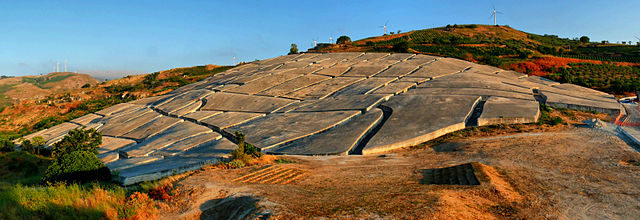
Once the site of Gibellina Nuova was decided on, the mayor of the new town turned his attention to putting roofs over people’s heads. His idea was to build a city with help from the most famous artists and architects of Italy and Europe. It was to be a kind of vast open museum of modern artistic buildings and all kinds of different art forms. Open invitations to work in the town were sent out to Rob Krier, Oswald Mathias Ungers, Arnaldo Pomodoro, Pietro Consagra, Renato Gattuso, and Joseph Beuvs.
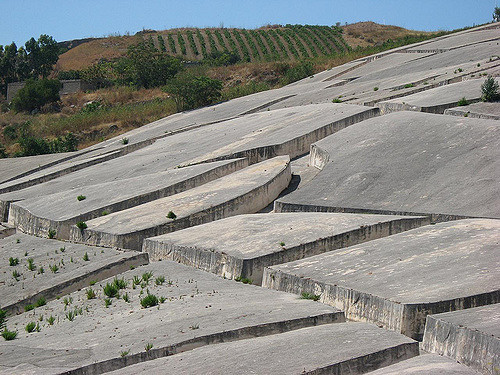
This gang of modern thinkers gave their best and turned the new Gibellina into the town with the highest density of modern art in all of Italy. However, this “construction” took so long that the residents of the town were fed up with the never-ending blockades of the streets and constant construction noise.
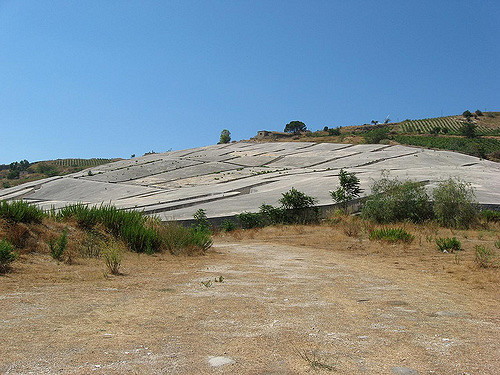
Italian artist Alberto Burri decided to visit the Gibellina Vecchia in the late 1970s. He went up the abandoned ruins on the Sicilian hills a few years after Gibellina Nuova was constructed and filled with its artworks. Alberto Burri walking around the dilapidated old town found inspiration for his next big art project. A massive piece that would be called “Il Cretto di Burri,” or in English, “The Great Crack.”
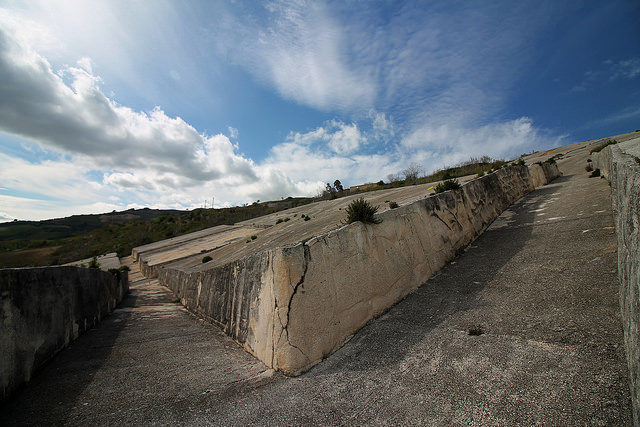
His idea was to remove all the ruined buildings and all of the rubble and debris that had accumulated over the years, clearing out the whole area. Once everything was clear and there was only empty space where the houses of the old town stood, he would outline the former walls and interior of the houses with white concrete. This way the streets dividing them would form a big crack between the white concrete.
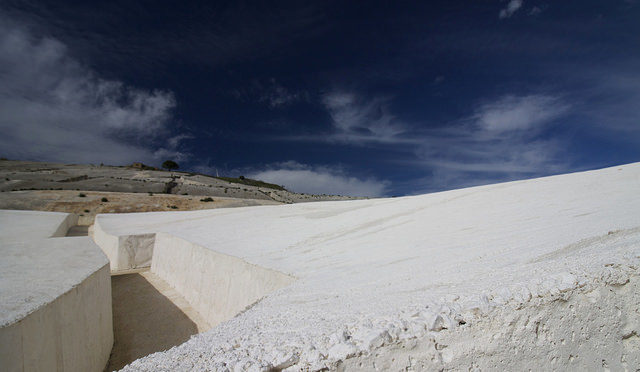
The massive piece was to be created as a remembrance of a great tragedy. For the reporters, after visiting the ruined town, he stated: “Above all – strength like history had to emerge from the comparison of the great civilizations of Segesta, Selinunte, Motia and the ruined world of the poor and the dead.” He defined his work as “archaeology of the future.” In his mind this white concrete crack would stand there long after this civilization is gone like the other great Sicilian ancient towns he mentioned and stand as a testimony of what once was.
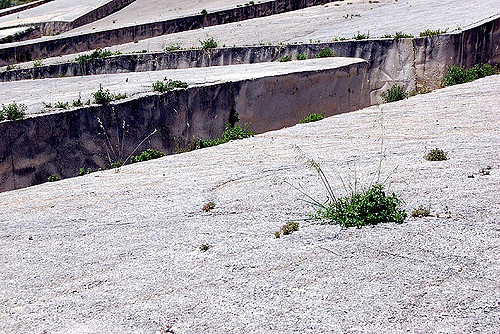
The project began in 1984, and it lasted for five years. With the help of the Italian army, all the buildings were destroyed and the rubble compressed into the shape of the buildings that had stood there. The size of the whole artwork is around 25 acres. The blocks are between 10 to 35 feet wide and all of them 5 feet high.
